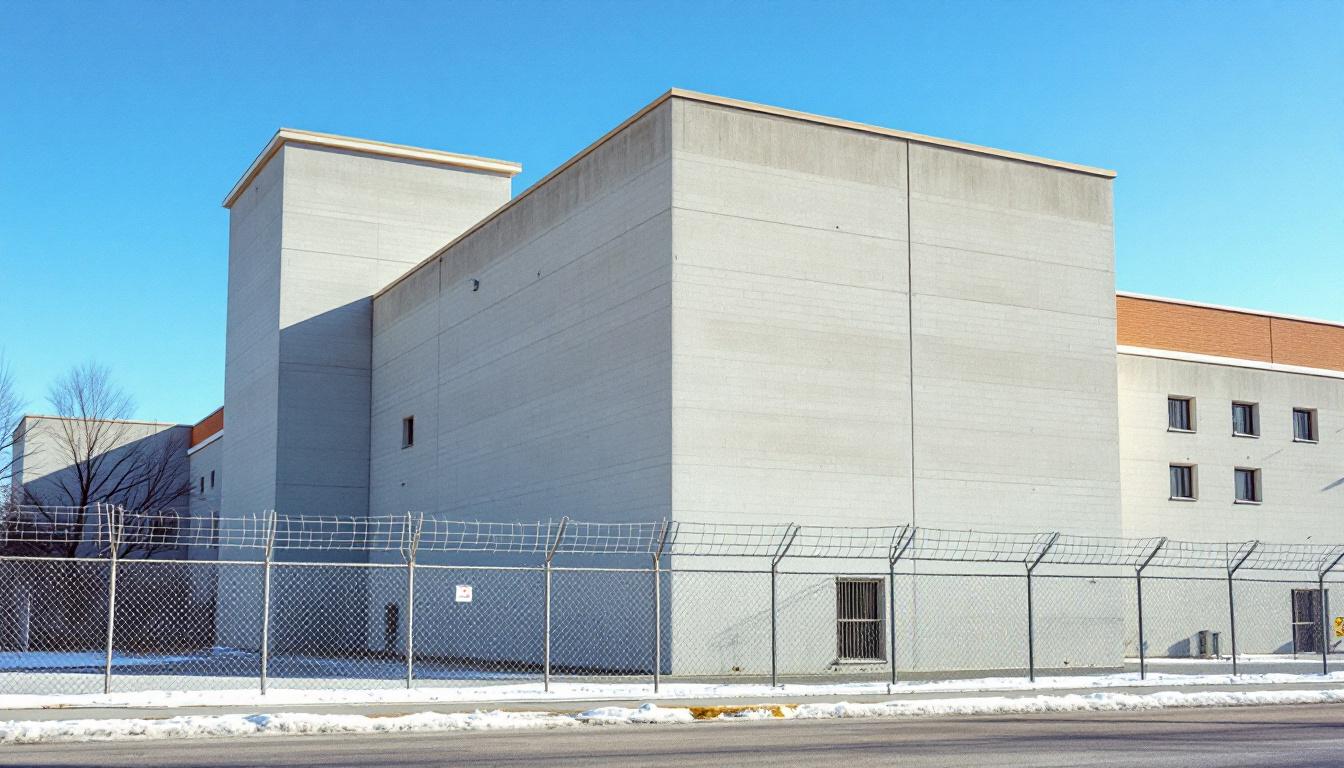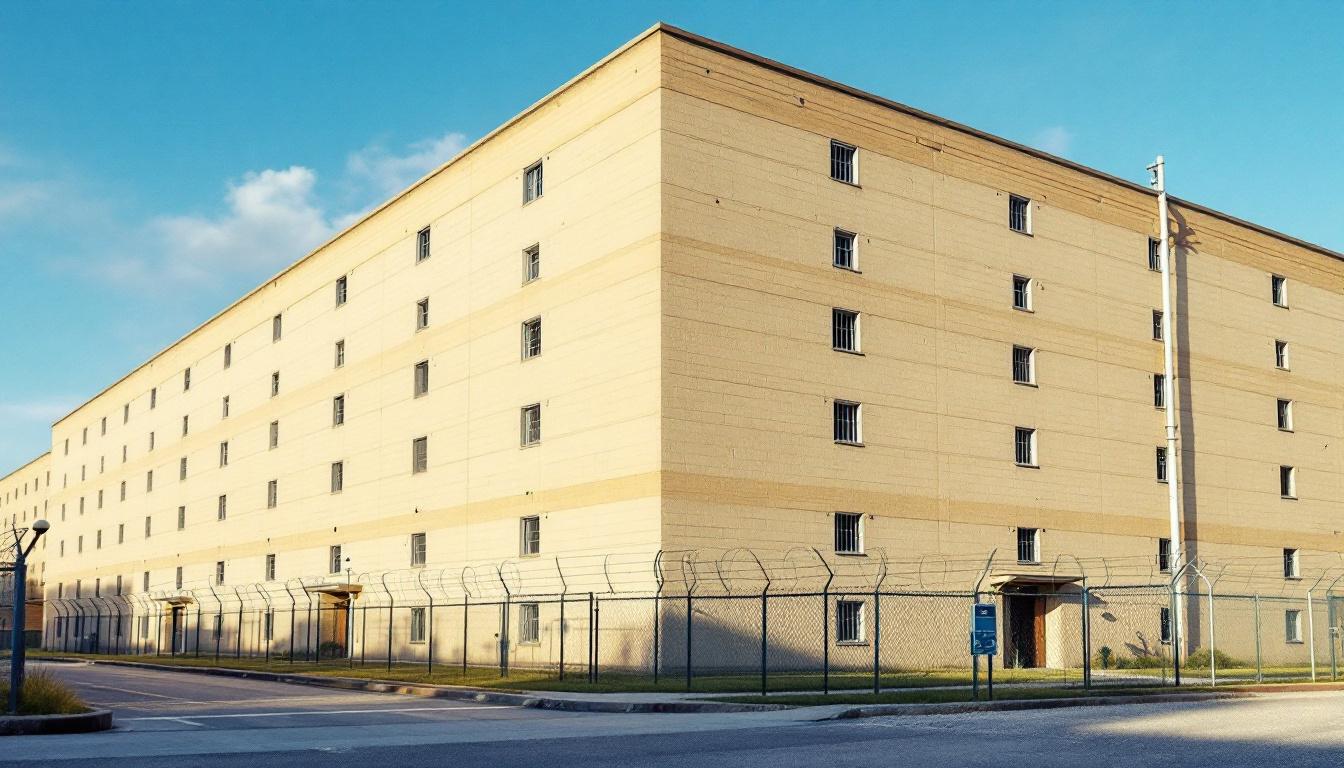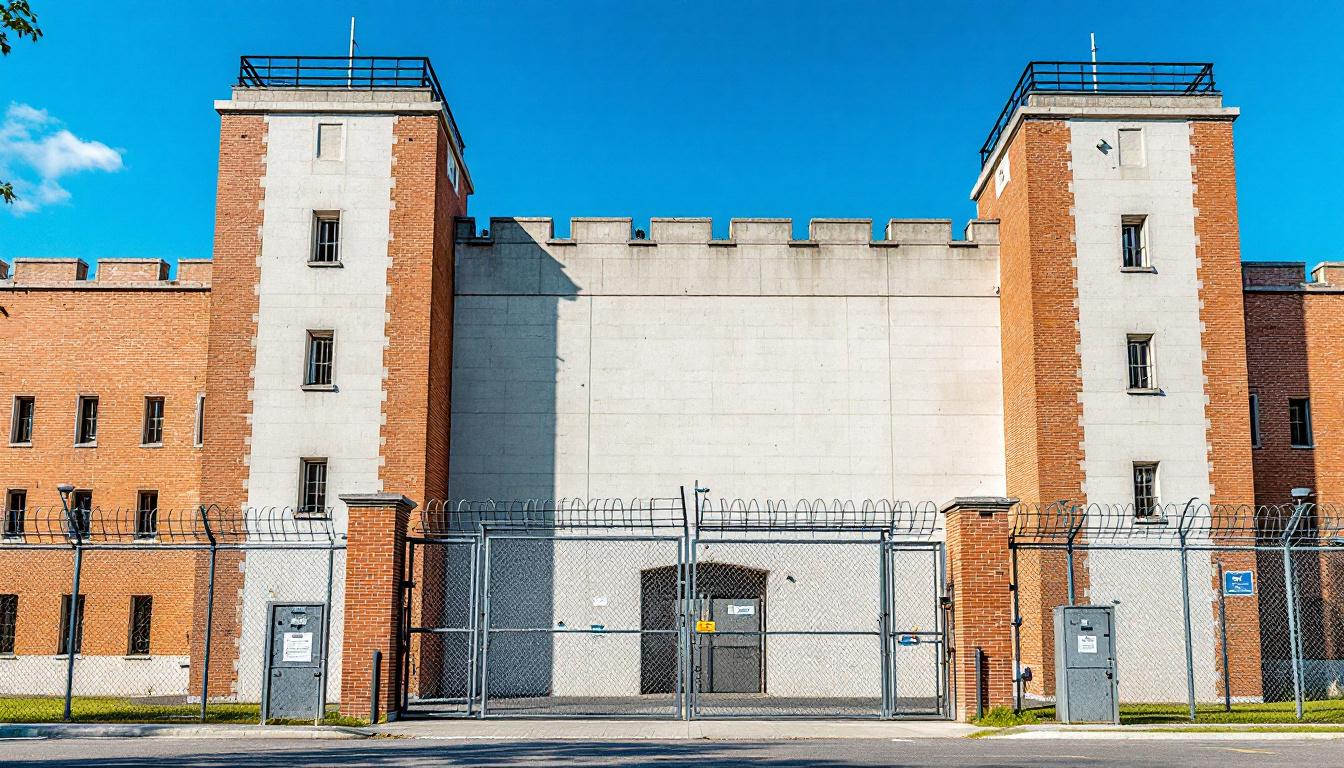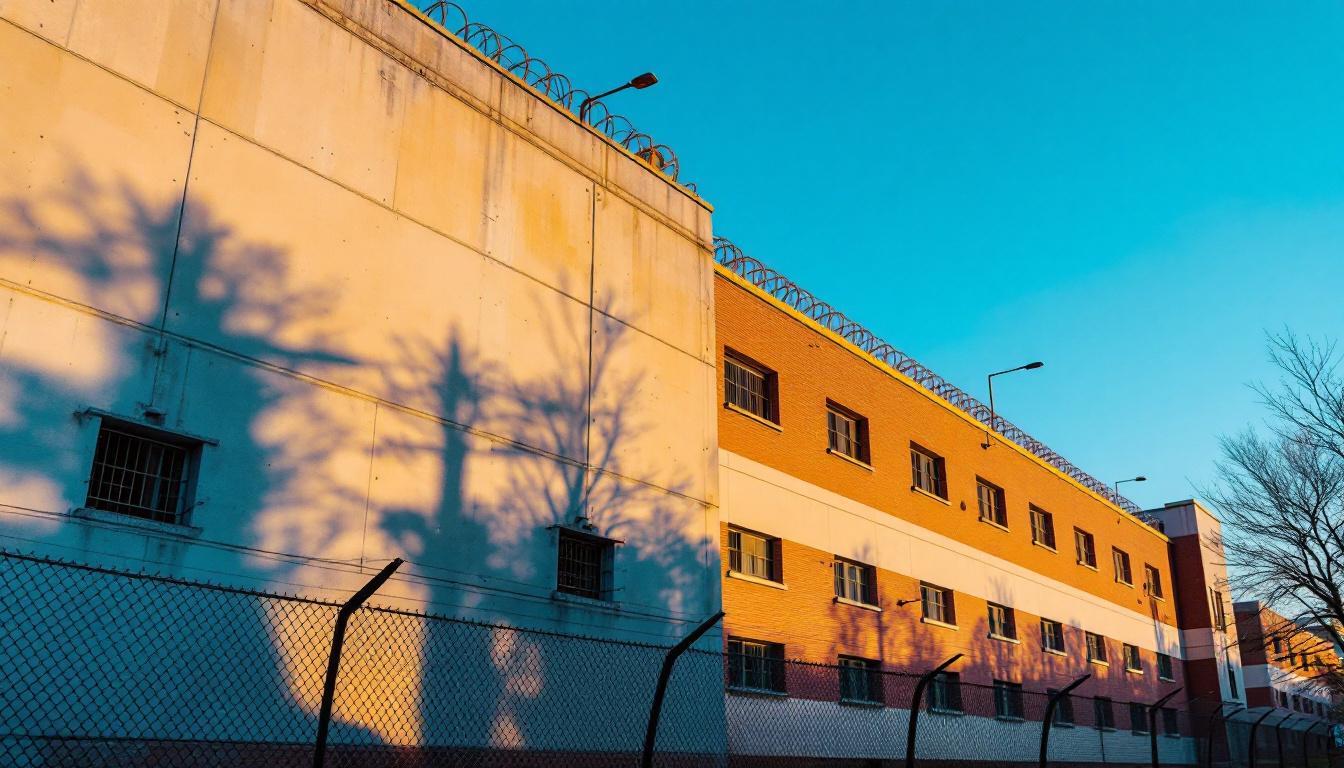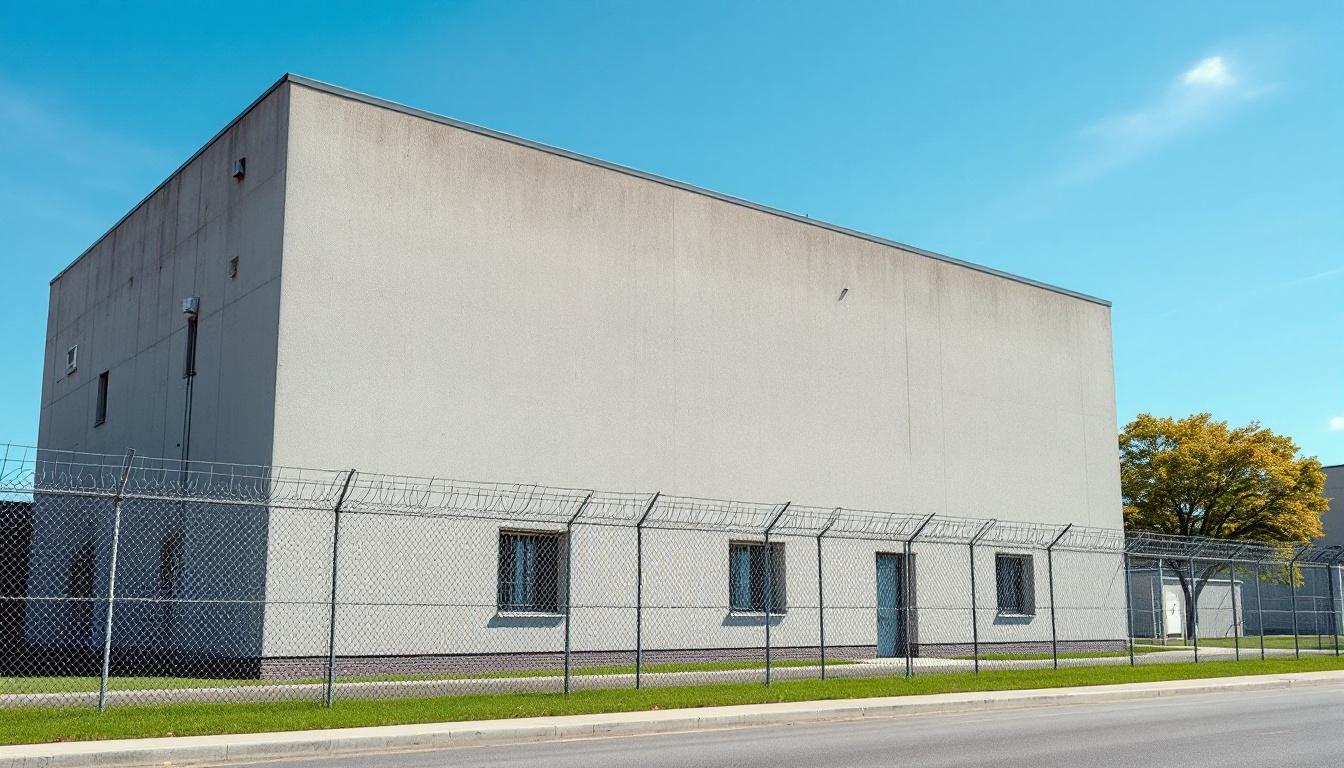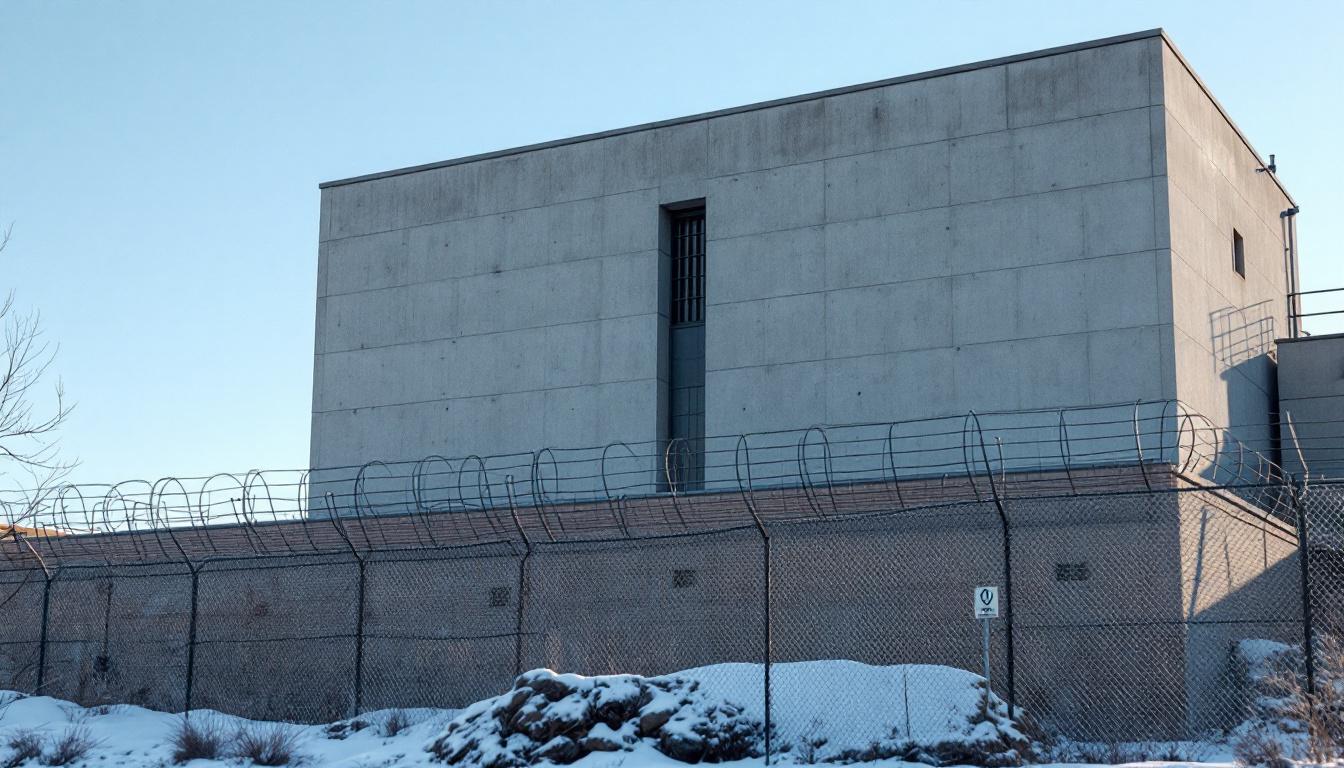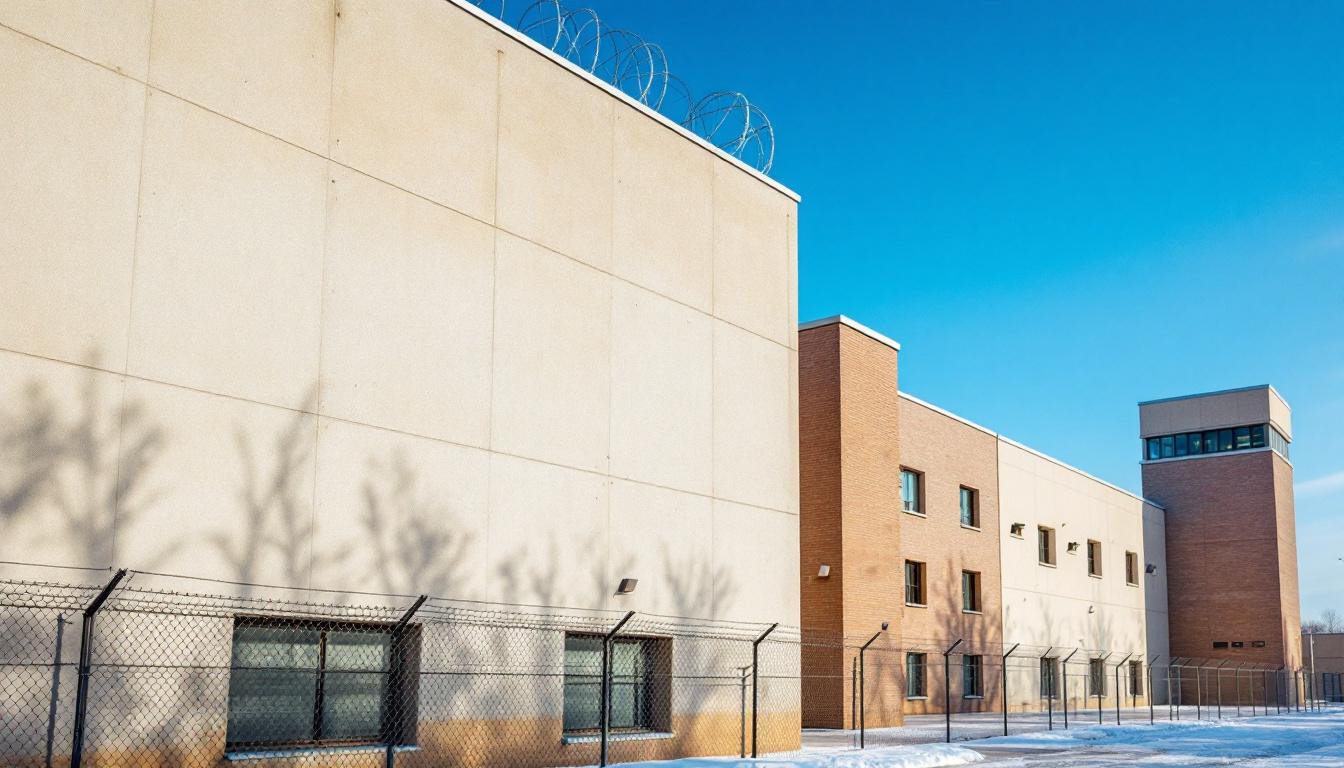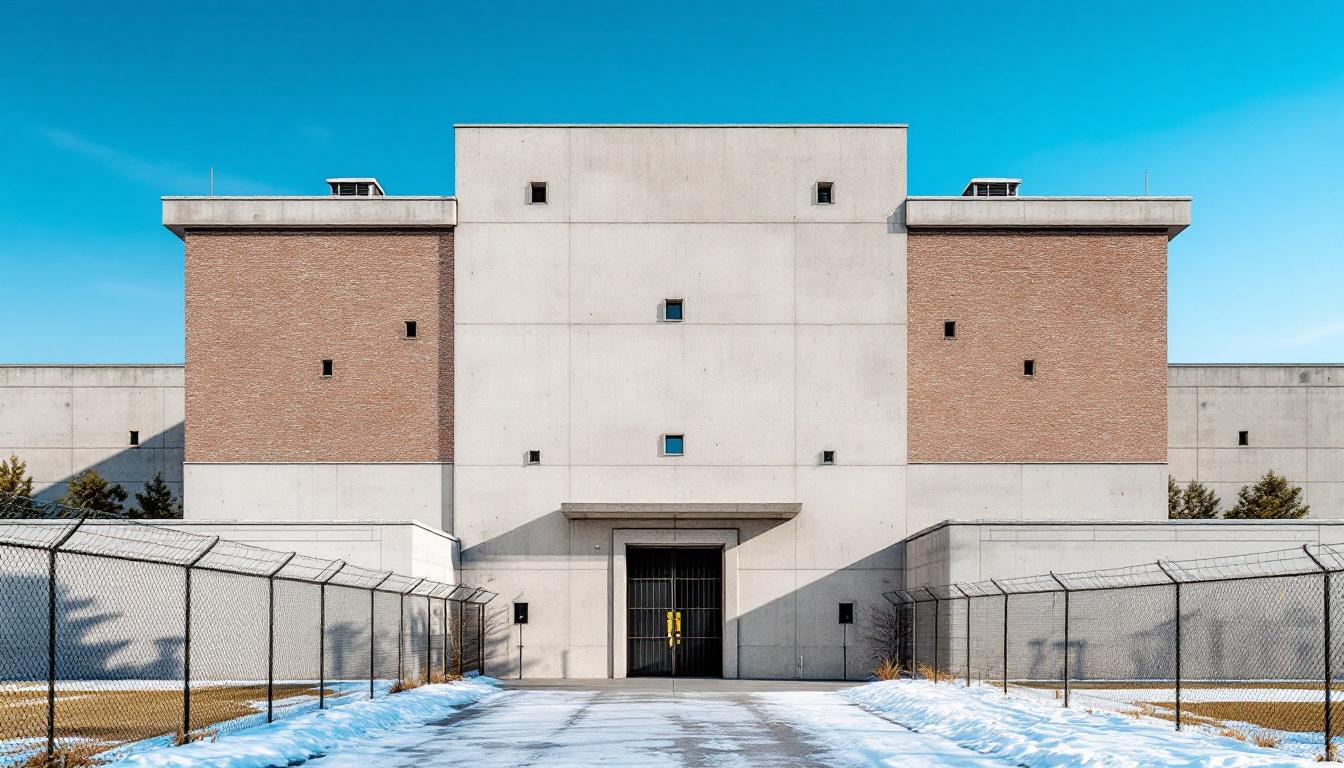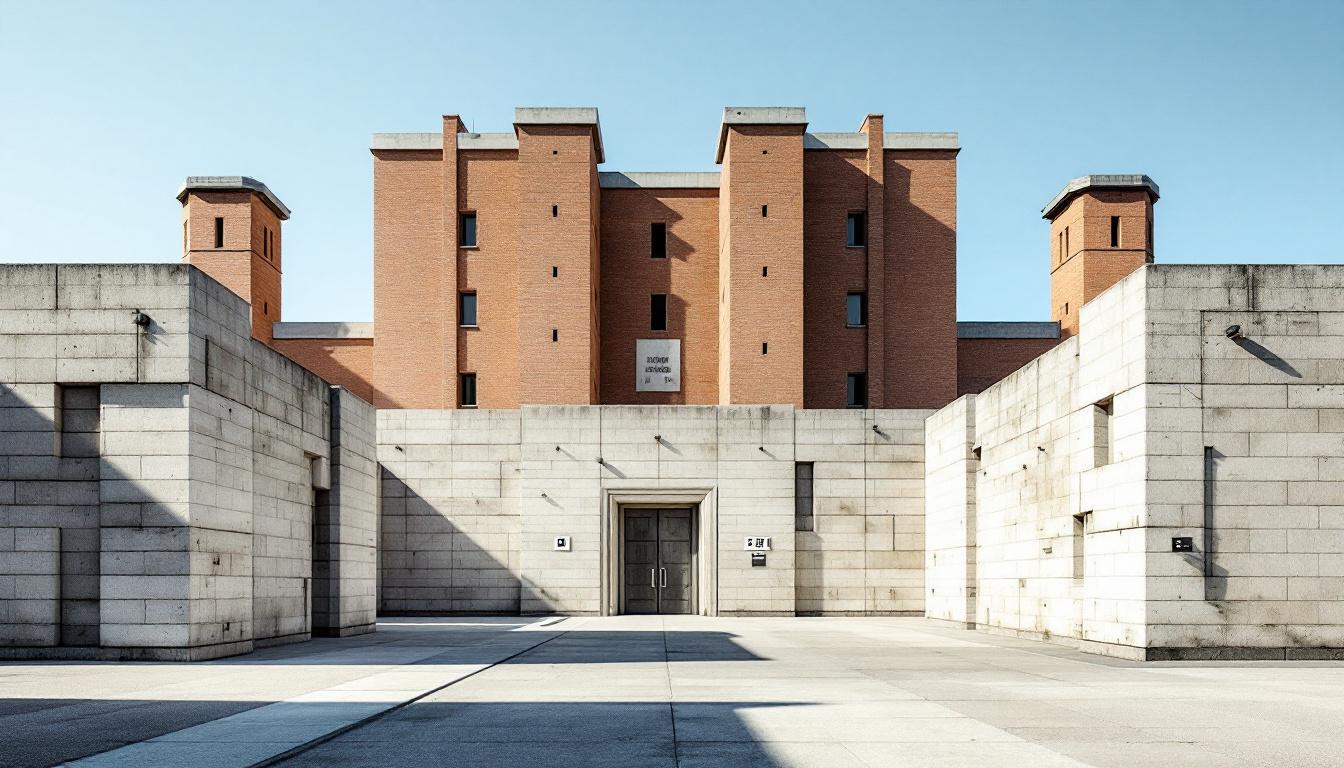
Quick Navigation
How to contact an inmate at Clarendon County Detention Center
This comprehensive guide will walk you through how to connect with an inmate at Clarendon County Detention Center. Follow the steps below to find an inmate and send letters and photos:
- Search for the inmate using our search tool below
- Create your account or log in to Penmate
- Write your message (up to 6,000 characters)
- Send instantly - inmates receive printed copies daily
Find an Inmate
Search for an inmate to start communicating today
Tip: You can search by first name, last name, or inmate ID number
To contact a person at Clarendon County Detention Center start by searching for the person on the official facility website. Perform a search by following these steps:
- Step 1: Enter their first name and last name into the search form and click "Search"
- Step 2: Locate their inmate record
- Step 3: Write down their Inmate ID and any housing information provided
Important! Be sure to enter the person's full name. Nicknames should not be used.
How to Send Messages to Inmates

You can use your phone or computer to send emails, letters, and photos to an inmate. Messages are sent electronically to inmate tablets or kiosks at the facility. If you would like to send a message, start by searching for an inmate at Clarendon County Detention Center.
Sending Photos and Postcards

A great way to send love and support to a loved one at Clarendon County Detention Center is to send photos and postcards. It only takes a few minutes to send photos from your phone and it makes a huge difference. You can also mail postcards with words of support and inspiration, or design your own postcard for special moments like birthdays and holidays.
Important! Be sure not to send any explicit photos or they may not be approved by the facility. You can also use a photo printing app like Penmate to make sure your photos are printed at the correct size (4x6 or 3x5) and are mailed according to the rules and regulations of Clarendon County Detention Center.
Frequently asked questions about Clarendon County Detention Center
-
How long does it take to deliver a message?
If you're sending an email message your letter is usually delivered within 24-48 hours. For messages sent via mail you should expect delivery within 3-7 days. All messages will need be approved by Clarendon County Detention Center.
-
How much does it cost to send a message to Clarendon County Detention Center?
You can send a message free using your phone or mail a message via USPS for the price of a $0.60 stamp and envelope. You can also purchase credits or e-stamps from services starting at $1.99.
-
What services can I use to contact an inmate at Clarendon County Detention Center?
Penmate
You can use Penmate to send letters and photos to an inmate from your phone. It's an easy way to stay in touch during your loved one's incarceration. Use the inmate locator to find an inmate's location and contact information, then you can send messages within a few minutes.
Securus messaging
Securus may be another option for communicating with an inmate at Clarendon County Detention Center. You can create a friends and family account and purchase credits to send messages. All messages will be reviewed and must be approved by the facility.
JPay
Some county jails and state prisons may support sending messages with JPay. You must register an account with the system, find your loved one, and purchase stamps to send messages. For some locations you can also attach photos.
Smart Jail Mail
You may also check if Smart Jail Mail is available at Clarendon County Detention Center. Smart Jail Mail is operated by Smart Communications and has contracted with some state and county jails. After purchasing credits, your messages and photos are sent to the facility, printed out, and then handed out to your loved one.
-
What is the mailing address of Clarendon County Detention Center?
Mailing address:
Clarendon County Detention Center
320 E Boyce St
Manning, SC 29102
Phone: (803) 435-8831 -
What are the visiting hours at Clarendon County Detention Center?
Visiting hours at Clarendon County Detention Center vary by housing unit and security level. Generally, visits are scheduled on weekends and holidays, with some facilities offering weekday visits. Contact the facility directly at (803) 435-8831 or check their website for the current visiting schedule. Visits typically last 30-60 minutes and must be scheduled in advance.
-
What items are prohibited when sending mail to Clarendon County Detention Center?
Prohibited items typically include: cash, personal checks, stamps, stickers, glitter, glue, tape, staples, paperclips, polaroid photos, musical or blank greeting cards, hardcover books, magazines with staples, and any items containing metal or electronics. Only send letters on plain white paper with blue or black ink. Photos must be printed on regular photo paper (no Polaroids). Always check with Clarendon County Detention Center for their specific mail policies.
-
How do I send money to an inmate at Clarendon County Detention Center?
You can send money to an inmate at Clarendon County Detention Center through several methods: 1) Online using JPay, Access Corrections, or the facility's approved vendor, 2) Money orders mailed directly to the facility with the inmate's name and ID number, 3) Kiosks located in the facility lobby, or 4) Over the phone using a credit or debit card. Fees vary by method, typically ranging from $2.95 to $11.95 per transaction.
-
Can I schedule a video visit with an inmate at Clarendon County Detention Center?
Many facilities now offer video visitation as an alternative to in-person visits. At Clarendon County Detention Center, video visits may be available through services like Penmate, Securus Video Connect, GTL, or ICSolutions. Video visits typically cost $10-20 for 20-30 minutes and must be scheduled in advance. You'll need a computer or smartphone with a camera and reliable internet connection. Contact the facility for their specific video visitation policies and approved vendors.
-
What identification do I need to visit an inmate at Clarendon County Detention Center?
All visitors must present valid government-issued photo identification such as a driver's license, state ID, passport, or military ID. Minors must be accompanied by a parent or legal guardian who can provide the minor's birth certificate. Some facilities require visitors to be on the inmate's approved visitation list, which may require a background check. Contact Clarendon County Detention Center for specific ID requirements and visitor approval procedures.
-
How can I find out an inmate's release date?
To find an inmate's release date at Clarendon County Detention Center, you can: 1) Use the online inmate search tool if available, 2) Call the facility's records department, 3) Contact the inmate's case manager or counselor, or 4) Have the inmate provide this information during a call or visit. For privacy reasons, some facilities only release this information to immediate family members.
Facility Overview
Contact Information
Clarendon County Detention Center320 E Boyce St
Manning, SC 29102
Phone: (803) 435-8831
Official Website

About Clarendon County Detention Center
Detention centers serve as crucial components within the correctional system, providing secure housing while individuals await trial or serve shorter sentences, and Clarendon County Detention, SC exemplifies this role within Manning's judicial framework. This SC correctional facility operates as part of the broader network that serves communities throughout the region, maintaining security standards while addressing the diverse needs of those in custody.
The facility's approach to offender management typically emphasizes both accountability and preparation for eventual community reintegration. Staff members generally work to maintain order while providing access to essential services that may include medical care, educational opportunities, and substance abuse programming when available. The population services often extend beyond basic housing to encompass various support systems designed to address underlying issues that may have contributed to an individual's involvement with the justice system. Located in Manning, the detention center serves not only as a secure facility but also as a point where individuals may begin addressing personal challenges through structured programming.
Community connections remain an important aspect of operations, as the facility generally recognizes the significance of maintaining family relationships and preparing individuals for their return to society. Visitation programs, when available, typically provide opportunities for inmates to stay connected with loved ones, while various rehabilitative services may focus on developing skills and addressing behavioral patterns. The collaborative approach often involves coordination with local organizations, courts, and social services to ensure comprehensive support during an individual's time in custody and as they transition back into the community.
Programs & Services
Support for the population at Clarendon County Detention Center flows through a comprehensive network of programs designed to address both immediate needs and long-term reintegration goals. The facility's approach recognizes that meaningful change occurs when individuals have access to resources that build skills, strengthen personal foundations, and prepare them for successful community reentry. These programs typically emphasize personal growth and practical skill development, creating pathways for participants to make positive changes during their time at the facility.
Educational and vocational programs form a cornerstone of the supportive services available to the population. Education services may supply basic literacy instruction, GED preparation, and academic coursework that helps individuals advance their learning goals. Computer literacy programs often include training in essential digital skills that are increasingly important for employment and daily life. In addition to this, vocational programs typically focus on developing marketable job skills in various trades and industries, providing hands-on training that can lead to employment opportunities upon release.
The facility's support services extend into areas that address personal well-being and life skills development. Faith-based initiatives may offer spiritual guidance and community connections for those who seek this type of support. Stress management and time management programs often include practical strategies for handling challenges and organizing daily responsibilities more effectively. These therapeutic and personal development offerings typically work together to help the population build resilience, develop healthy coping mechanisms, and strengthen their ability to maintain positive relationships with family and community members throughout the reintegration process.
Daily Life & Visitation
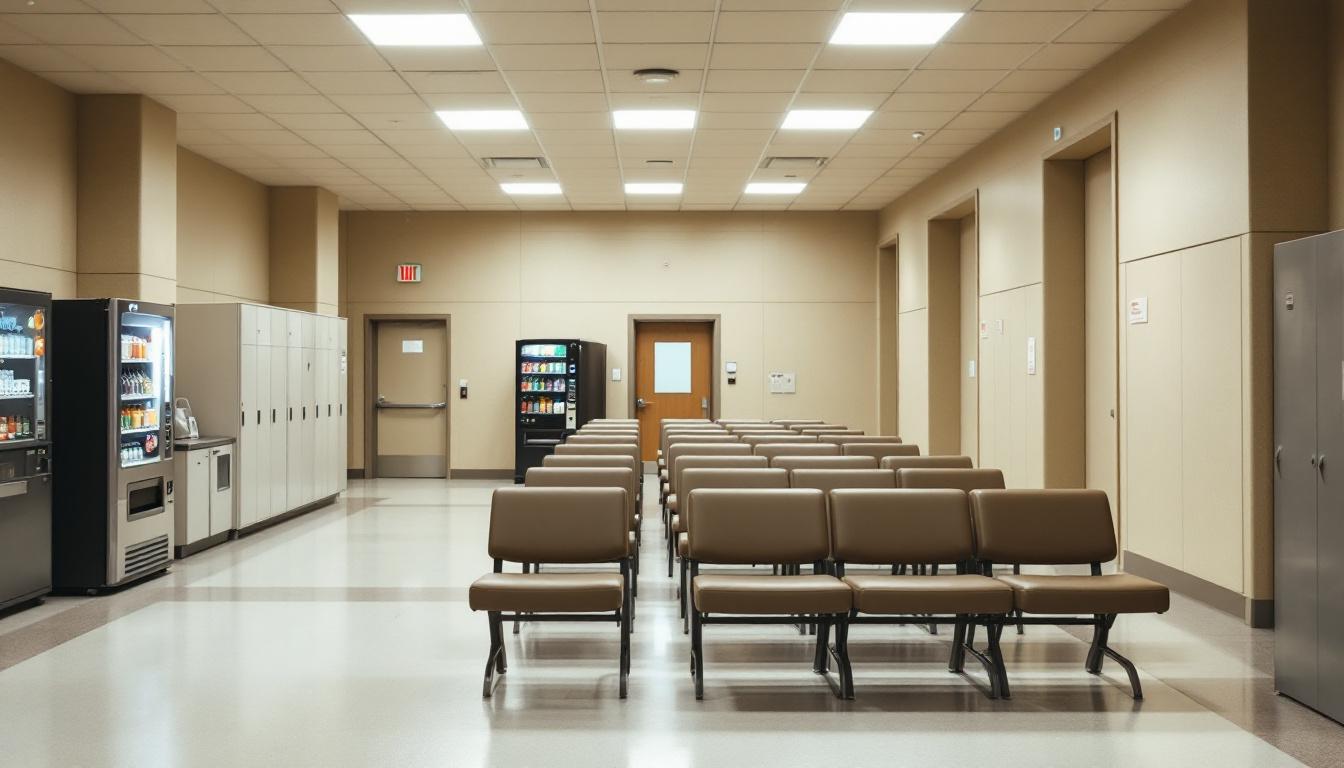
Organizational frameworks shape every aspect of the experience for the population at Clarendon County Detention Center, where systematic scheduling and clear protocols govern daily activities. Today's routine typically begins with early morning counts and continues through structured meal times, work assignments, and evening lockdown procedures. The facility consistently maintains order through established protocols that regulate movement between housing units and common areas.
Housing arrangements generally place individuals in dormitory-style units or cells, depending on classification levels and available space. The population typically receives three meals daily in designated dining areas, with specific time slots assigned to different housing sections to manage crowd control. Personal property allowances usually include basic hygiene items and limited personal effects, while commissary services may provide additional items for purchase.
In addition to this basic structure, recreational opportunities often include access to television areas, outdoor exercise periods when weather permits, and library services. Programming schedules typically supply educational classes, substance abuse counseling, and work assignments such as kitchen duty or facility maintenance tasks. Despite this structured environment, visitation policies generally allow family contact through scheduled visits and phone calls, helping maintain important connections during incarceration. These communication options, along with mail privileges, provide essential support systems for those housed at the facility.
Ready to Connect?
Start communicating with your loved one today
Search for an Inmate
